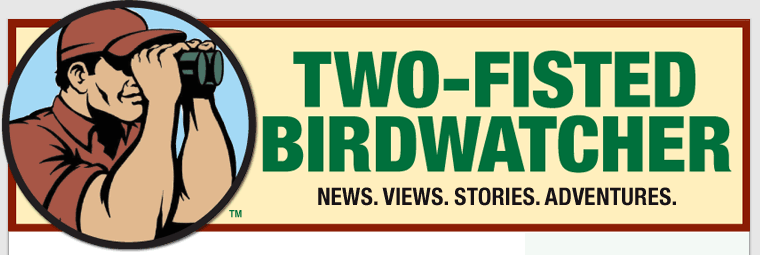Long ago in a forgotten bookstore I found a book about European birds. There were birds I’d never seen, names I’d never heard. I felt stupid for not realizing this alternate universe was there.
I read that book like a novel. On trips to Europe I found myself looking at jackdaws and tits. I looked for chaffinches and a real Robin, not the American knock-off. I hoped to see Green Woodpeckers but didn’t. Woodpeckers that are green?
That European bird book has been gone for years. When I’m in a book store, I check around, hoping to replace it. So it was good to receive an email from Princeton University Publishing asking if I’d comment on their new field guide, “Birds of Europe, Second Edition.”
That’s like asking a fan of Da Bears if he’d comment on Chicago pizza.
One reason for their “Second Edition” is that the wacky world of taxonomy keeps changing. And it’ll change again. In their intro, authors Lars Svensson, Killian Mullarney and Dan Zetterstrom address next-wave organization in a way that is unintentionally hilarious:
“…in future editions…the oldest families would begin with shrikes and orioles, then…together tits, warblers, bulbuls, larks, reedlings and swallows; thrushes and flycatchers would come close together while pipits & wagtails would be fitted in between sparrows and finches. Well, let us not cross that bridge until we come to it!”
Reedlings?
The drawings are smaller than I would have liked, and the text takes up lots of space. But the book is portable. In it, you get 772 species, 32 introduced or variants and 118 visitors. 3,500 color drawings. And lots of captions. Major captions.
The DuPont’s Lark has captions saying: “often stretches neck,” or “long” (pointing to the beak), or “beware confusion with Crested Lark molting its crest.” When you’re in Central Spain these things might come in handy.
There’s a color map for every species. And here’s something smart that not all bird books realize: maps and birds are together. You don’t have to flip around.
Okay, we’re not normally in the business of reviewing. But in our two-fisted opinion, this book gets two fists, way up.


I have a guide book that one of my friends picked up for me in the Czech Republic. Not a bit of English in it, and it doesn’t matter. I swim through it over and over again, seeing the familiar and the truly foreign. Everyone should pick up a guide from somewhere else and study it. It reminds us that the world is still very large in a world of Ipads and the internet.
…and the Two-Fisted Bird Watcher writes (in perhaps my favorite endorsement for a Princeton book ever), “This book gets two fists way up.”
My copy of the second edition arrived several days ago. I had used the first edition on a work trip to the UK a few years ago, knowing that I would probably also be on the continent at some point and I wanted a one-stop shop for what I might find. I liked it very much- the quality of the illustrations is excellent (much more Sibleys than Peterson, but I won’t start that debate) and the detailed text is really helpful, describing morphology that would otherwise require several additional illustrations.
Work took me to the outskirts of Warsaw, Poland last week, so I got to put it to use again. The 85-year-old lady I was staying with had a couple of feeders in her backyard and a clunky pair of binocs in her living room. I showed her my Princeton guide, and it was cool hearing the names of some of the common birds in Polish. She remarked that she didn’t have any bird books, so I took the opportunity to upgrade and left her my first edition. I would recommend the guide to anyone, even if just for the chance to check out how cool and diverse the tits are over there (without your wife getting mad).
When I was little my grandfather would tell stories about two sisters, Pipitz and Megula. Pipitz was a good fairy. I passed these stories to my children, thinking my grandfather made up those names. Imagine my surprise when I discovered that Pipits are in fact English birds.